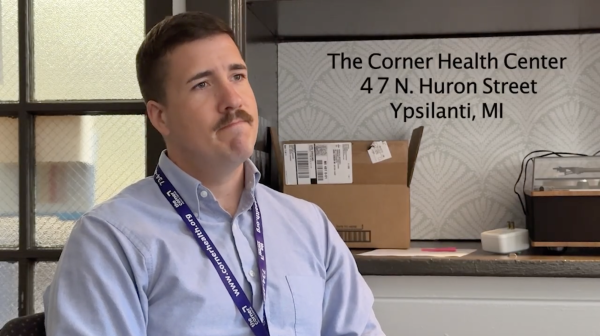The Chernobyl Incident
In Pripyat, Ukraine, stands a monument bearing Vladimir Lenin’s name. However, for most of the world, the V.I. Lenin Nuclear Power Station is known simply as Chernobyl, representing not the leader of a revolution, but rather the disastrous effects of flawed nuclear reactor design and human error.
In 1977, when the first reactor was completed, the nuclear power plant was the first one on Ukrainian soil. It ultimately went on to provide ten percent of Ukraine’s electricity with four reactors, with two additional ones being planned. However, there was a fatal flaw in the design of the reactors.
The reactors used graphite for neutron moderation, which slowed down fast neutrons in order to turn them into thermal neutrons capable of sustaining a nuclear chain reaction. This was not inherently a problem, but when an accident caused the graphite to be exposed to air, it ignited. When there was an unexpected power surge, the operators of the plant attempted to shut down the plant, prompting a second and larger power surge.
This caused a the reactor vessel to rupture, causing steam explosions which exposed the neutron moderator and started a fire. The fire burned for over a week, sending clouds of air contaminated with nuclear fallout across Europe, spreading as far as Norway.
In two reports published by the International Atomic Energy Agency, experts found that the accident was caused by two factors.
The first report, INSAG-1, was based largely on the statements of Soviet engineers and bureaucrats. The accident was attributed to inexperienced plant operators that shut down the reactor incorrectly to perform a test to see how quickly backup diesel generators could be brought online. The report also found that the reactor being operated at low power levels led to a lack of stability. To compensate, most control rods were removed to increase the power output. After the power surge, because the operators had disabled the computerised emergency response systems, they were not able to react quickly enough to remain in control of the reactor.
The second report, INSAG-7, was based on the studies of international nuclear experts. It found a very different cause of the incident: flawed design of the reactor. The RBMK-1000 reactor was affected by positive void coefficient reactivity. In a positive void coefficient reactor, steam bubbles, or voids, are accompanied by higher reactivity. This is because dense water that otherwise would have been slowing down neutrons is no longer doing so, allowing the neutrons to produce increased fission in the fuel.
It is important to note that the RBMK-1000 reactors are not designed to operate with a positive void coefficient, but it is rather determined by the core composition and power levels. A new reactor will actually possess a negative void coefficient.
Therefore, when there are more voids, there is more reactivity. More reactivity then leads to more heat, and therefore more voids. The only way to control the increasing reactivity is by inserting the one or more of the 211 control rods, which at the Chernobyl accident was not done quickly enough.
In fact, the Chernobyl reactors had some of the slowest control rod insertion times in the world, and the emergency computer controls that would have inserted the rods were disabled. Therefore, the rods had to be manually inserted, which was not realised or done quickly enough by the operators.
Because pressure in the reactor was very high, a very heavy cover plate became partially detached, which jammed the control rods, which were not fully inserted. Steam was then created in the reactor due to a rupture in the emergency cooling system, which caused the first explosion. Seconds later, a second explosion ejected the graphite neutron moderator, which led to fires and corium (a lava-like mixture of fissile material) which spread throughout the reactor area.
The corium remained above 3,020 degrees Fahrenheit for at least four days, and broke through multiple floors before solidifying on the reactor room floor. It still radiates heat to this day and is slowly burning through the floor.
Although two more reactors were planned, after the Reactor 4 explosion those plans were scrapped. Reactor 2 caught fire and was shut down in 1991, and in 1996 Reactor 1 was shut down, followed in 2000 by Reactor 3.








